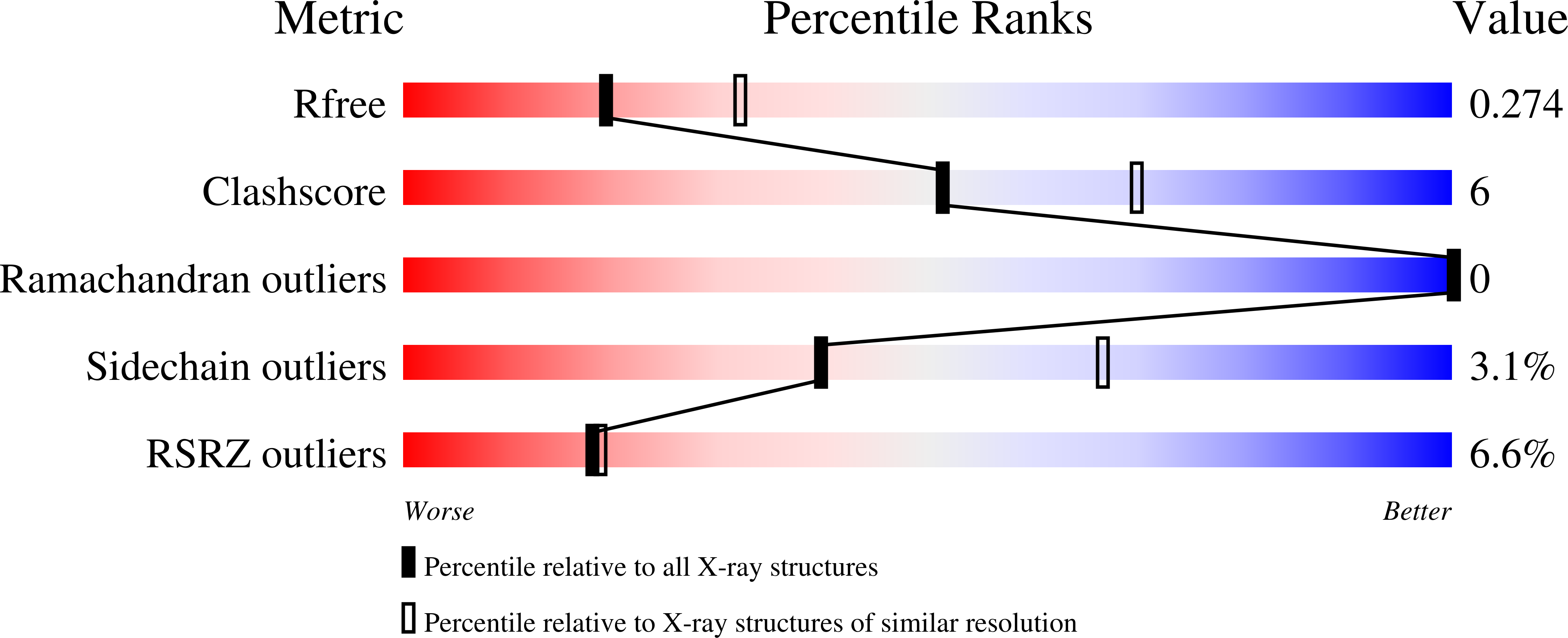
Deposition Date
2021-09-03
Release Date
2022-03-30
Last Version Date
2024-10-09
Entry Detail
Biological Source:
Source Organism:
Homo sapiens (Taxon ID: 9606)
Camelus bactrianus (Taxon ID: 9837)
Camelus bactrianus (Taxon ID: 9837)
Host Organism:
Method Details:
Experimental Method:
Resolution:
2.49 Å
R-Value Free:
0.27
R-Value Work:
0.24
R-Value Observed:
0.24
Space Group:
I 41 2 2


